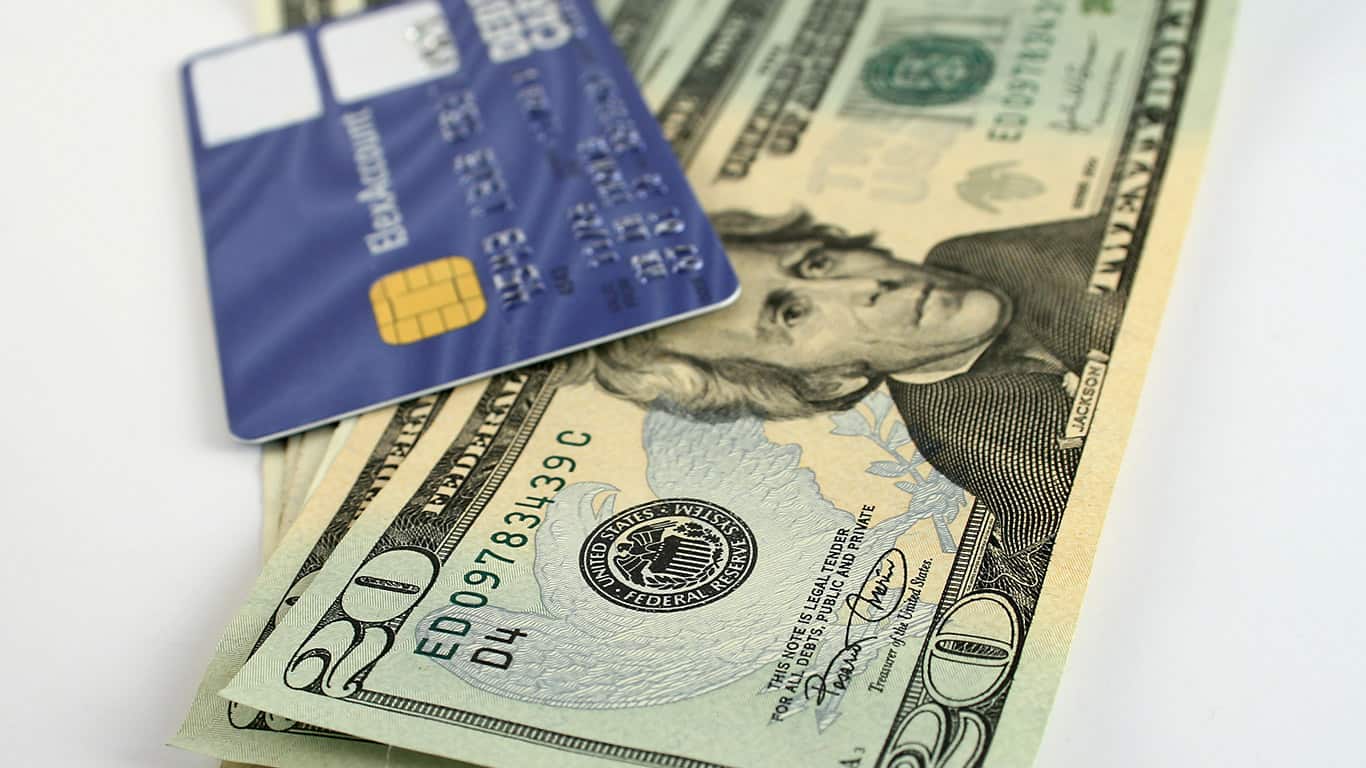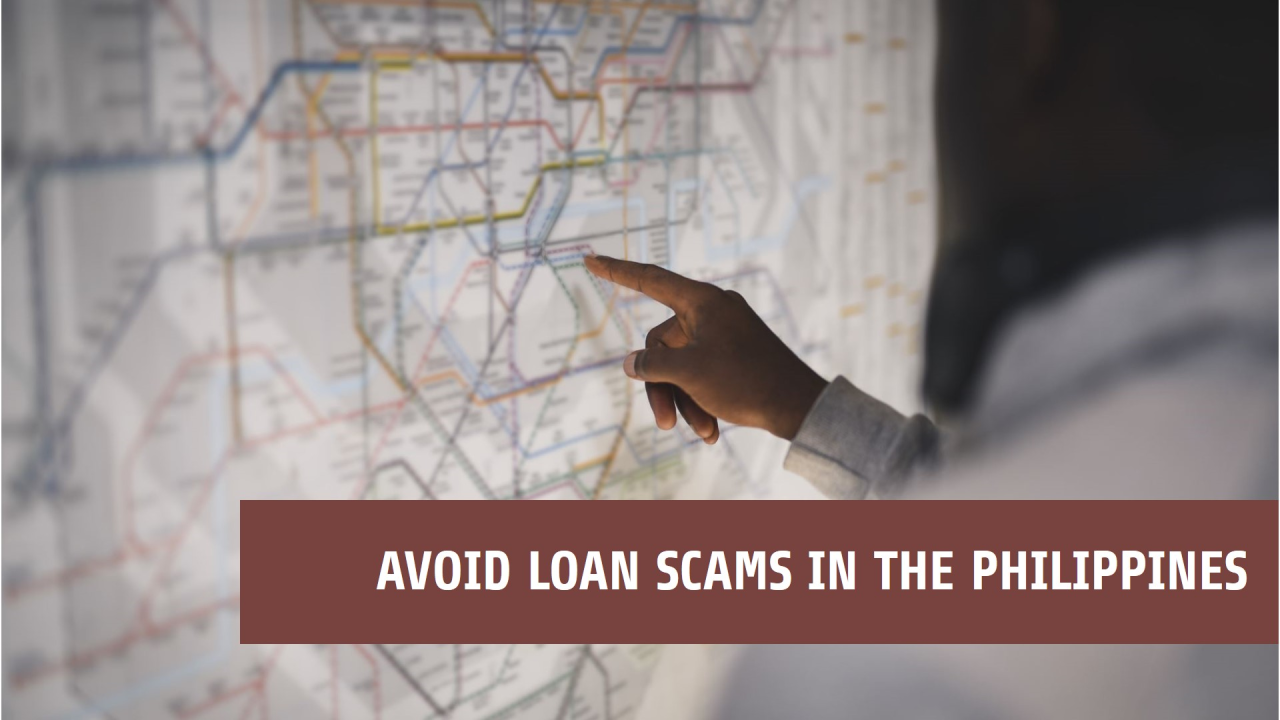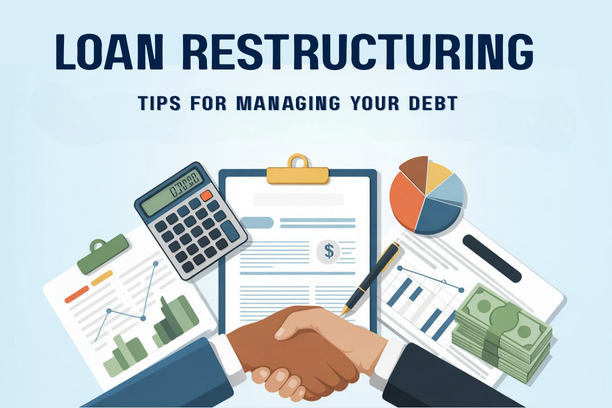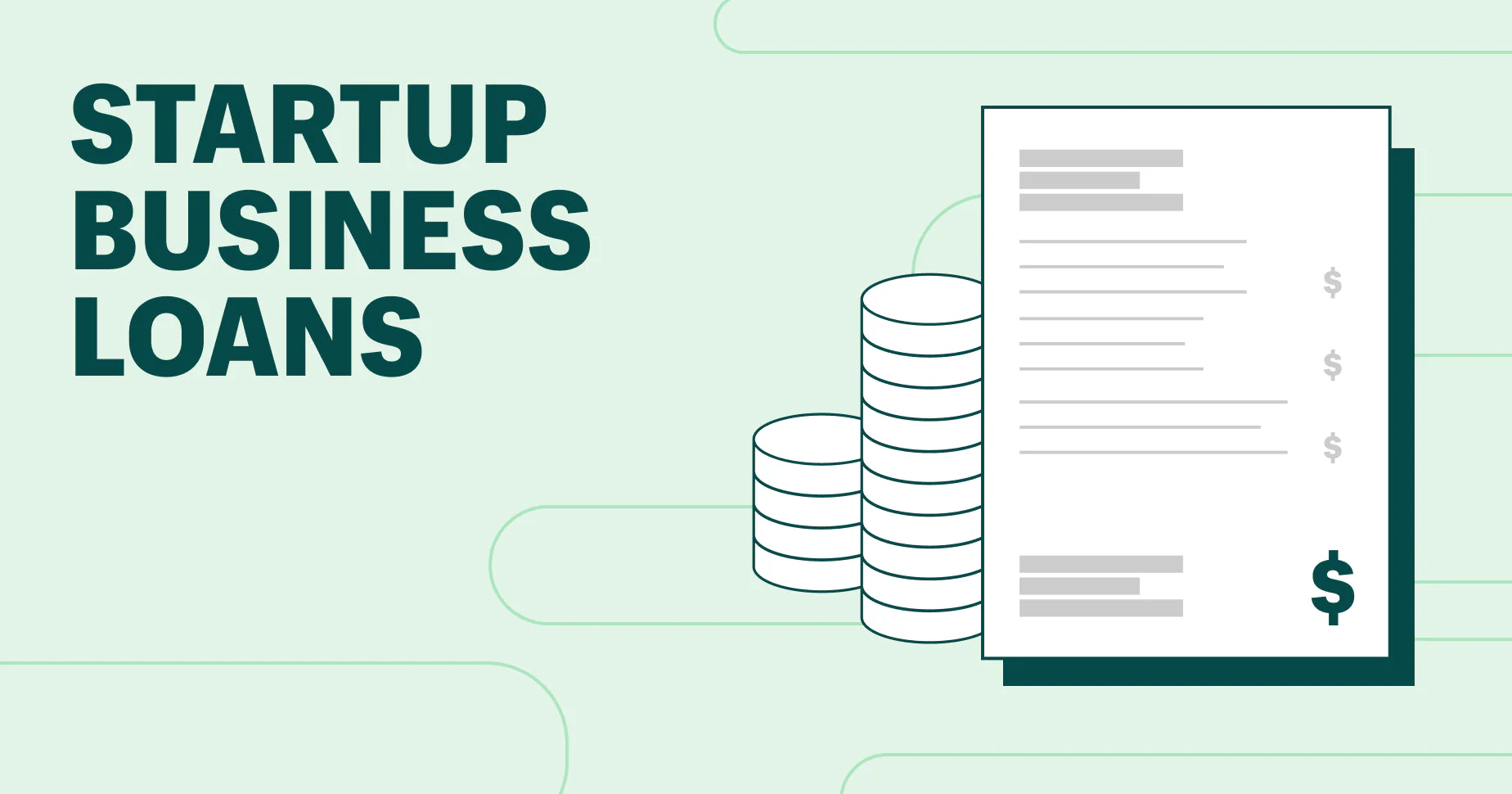Credit cards are a powerful financial tool for everyday purchases, offering convenience, security, and a grace period for repayment. However, they also come with a feature known as a cash advance, which allows you to withdraw cash directly from your credit line. While this may seem like a quick and easy solution for a financial emergency, using a credit card for cash advances is often a costly endeavor. This comprehensive guide will break down the mechanics, rates, and fees associated with cash advances in the Philippines, highlighting the significant risks involved and offering safer alternatives to help you make a more informed financial decision in 2025.
Understanding the Basics of a Credit Card Cash Advance
Before you consider withdrawing cash from your credit card, it’s essential to understand exactly what a cash advance is and how it differs from your typical credit card purchases.
What is a Cash Advance and How Does it Work?
A credit card cash advance is a service that allows you to withdraw a portion of your credit limit in the form of physical cash. You can do this at an ATM, a bank branch, or through a mobile banking app, as long as the service is offered by your card issuer. To perform a cash advance at an ATM, you will need your credit card and a unique Personal Identification Number (PIN) specifically for cash advances. The amount you can withdraw is typically a percentage of your total credit limit, which is set by your bank. For example, if your credit limit is PHP 50,000, your cash advance limit might be 30% of that, or PHP 15,000. This service is designed to be a quick source of funds for emergencies where a credit card cannot be used, such as paying a small vendor or a bill that only accepts cash.

However, the convenience of a cash advance comes at a very high price. Unlike a regular purchase where interest is charged only if you fail to pay your statement balance in full, a cash advance begins accumulating interest immediately. There is no grace period. From the moment you withdraw the cash, the interest clock starts ticking. This is a critical distinction that many borrowers overlook, leading to unexpectedly high charges. The transaction is also recorded on your credit card statement, and you will have to repay the borrowed amount, plus the interest and fees, on your next billing cycle. The ease of access makes using a credit card for cash advances a tempting option, but the high costs and immediate interest accumulation make it a financial decision that should be made with extreme caution.
Key Differences from Regular Credit Card Purchases
The most significant difference between a cash advance and a regular credit card purchase lies in how interest is calculated. When you use your credit card for a regular purchase, you are typically given a grace period of up to 50 days (depending on your bank) to pay your balance in full without incurring any interest. As long as you pay your statement balance on time, you are essentially borrowing money interest-free. This grace period is the main benefit of a credit card.
With a cash advance, this grace period does not apply. Interest starts accumulating from the day the cash is withdrawn. This is a crucial point for anyone considering using a credit card for cash advances. The interest rate for a cash advance is also often higher than the interest rate for a regular credit card purchase. Furthermore, a cash advance is not treated as a purchase and therefore does not earn any rewards points, cash back, or miles that your credit card may offer. These two factors—no grace period and a higher interest rate—are what make a cash advance a far more expensive form of borrowing than a standard credit card transaction.
The High Cost of a Cash Advance
The cost of a cash advance is comprised of two parts: the cash advance fee and the interest rate. Both of these charges make cash advances a significantly more expensive form of borrowing than a traditional personal loan.
Deciphering the Interest Rates and Fees
When using a credit card for cash advances in the Philippines, you will be subject to two main charges that can make the transaction very costly.

- Cash Advance Fee: This is a one-time charge imposed by your bank for processing the transaction. The fee is usually a fixed amount or a percentage of the cash amount you withdrew, whichever is higher. For example, a bank might charge a cash advance fee of PHP 200 or 3% of the amount withdrawn. If you withdraw PHP 5,000, you will be charged PHP 200 (since 3% of PHP 5,000 is PHP 150, and the bank will charge the higher amount).
- Cash Advance Interest Rate: This is the interest rate that begins to accrue from the moment you withdraw the cash. This rate is often higher than the standard credit card interest rate and is typically calculated on a daily basis. The interest will continue to accumulate until the full amount, including the fees, is repaid.
It’s important to read your cardholder agreement or check with your bank to find the exact rates and fees, as they can vary significantly between different card issuers and card types. Some banks, like BDO, might have a fixed monthly add-on rate for cash advances, while others, like BPI, may have a specific cash advance fee and an effective interest rate that accrues daily. Understanding these specific charges is the key to calculating the total cost of your cash advance.
A Sample Calculation of a Cash Advance
To illustrate the high cost, let’s look at a simple calculation. Assume you have a credit card with the following terms:
- Cash Advance Limit: PHP 20,000
- Cash Advance Fee: PHP 200 or 3% of the withdrawn amount, whichever is higher.
- Cash Advance Interest Rate: 2.5% per month (or approximately 0.083% per day).
Now, let’s say you withdraw PHP 10,000 for an emergency and pay it back in 30 days.
- Cash Advance Fee: Since PHP 300 is higher than the fixed PHP 200, the fee is PHP 300.
- Daily Interest: per day.
- Total Interest for 30 days:
- Total Amount Due:
In this scenario, for a PHP 10,000 loan, you end up paying an extra PHP 549 in just 30 days. The cost can be even higher if you fail to pay the amount on time. This example highlights why using a credit card for cash advances should be considered a last resort.
The Pros, Cons, and Safe Alternatives
While cash advances are generally not recommended, there are a few specific situations where they might be the only option. It’s also important to know the alternatives that can save you money.
When a Cash Advance Might Be a Viable Option
There are very few situations where using a credit card for cash advances makes financial sense. It should only be used as a last resort in a dire emergency when there are absolutely no other borrowing options available. For example, if you need to pay for a medical emergency in a remote area where credit cards are not accepted, a cash advance might be the only way to get immediate funds. Similarly, if you are traveling and need cash but your ATM card is not working, a cash advance can be a temporary solution. In these scenarios, the high cost is a small price to pay for the urgency of the situation. However, even in these cases, it is crucial to pay back the amount as quickly as possible to minimize the accumulating interest and fees.
Safer Alternatives to a Credit Card Cash Advance
Before you consider a cash advance, you should always explore these safer and more affordable alternatives.
- Personal Loan: If you have a good credit history and time is not an absolute constraint, a personal loan from a bank or a reputable online lender is a much better option. Personal loans have lower interest rates, a fixed repayment schedule, and a grace period for your first payment.
- Emergency Loan from SSS or Pag-IBIG: If you are a member of SSS or Pag-IBIG, you can apply for an emergency or calamity loan. These loans have extremely low interest rates and are a great option for those who qualify.
- Borrowing from a Family Member or Friend: While it can be a sensitive topic, borrowing a small amount from a trusted family member or friend is often the cheapest and safest option. It can also help you avoid the high costs and fees of a formal loan.
- Using a “Buy Now, Pay Later” (BNPL) Service: For online purchases, a BNPL service can be a much better option than a cash advance. They often have interest-free installments and a clear repayment schedule.
Conclusion
Using a credit card for cash advances is a high-cost, high-risk financial decision. While it offers a quick and convenient way to get cash in an emergency, the combination of immediate interest accumulation and a hefty cash advance fee makes it an expensive form of borrowing. Before you resort to a cash advance, you should always explore more affordable and safer alternatives like a personal loan or an emergency loan from a government agency. By understanding the true cost and the potential risks, you can make a more informed financial decision and protect yourself from a costly debt trap.













